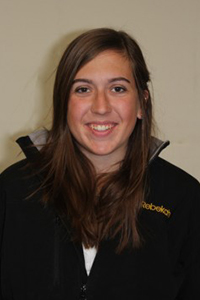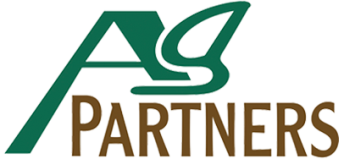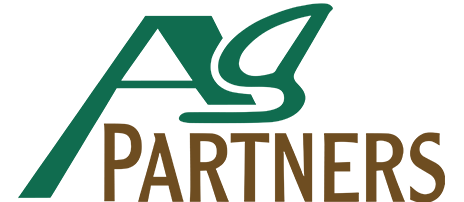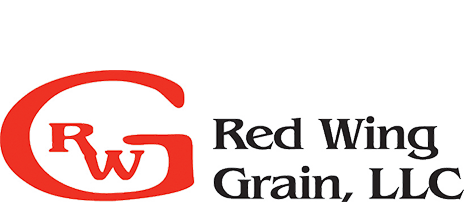This cold snap for calves has led to more calls on cold calves. Newborn calves have barely any fat reserves – not enough to last more than a day without significant calories in this weather. Add any challenge on top of a cold calf (scours/pneumonia), and producers see dead calves very quickly. Here are a few short, effective reminders for calves in the cold to keep calves fed and healthy.
1) Milk Temperature: Make sure the water you use to mix milk replacer is warmer than normal, or the pasteurizer is holding milk at a higher temperature. Milk cools rapidly in this weather and when poured into a cold bucket, we easily see milk chilled to 80F or less. Store milk bottles in a warm room to reduce this chilling effect on milk. Feed milk at 101-103F so the calf doesn’t spend energy using precious calories to re-warm milk. Feed youngest calves in bottles to make sure they consume all the calories and to avoid trying to pail train them during this weather when milk chills quickly in pails.
2) CALORIES: The biggest determination if a calf will survive is having more calories going in than out. Target feeding 2+ gallons of milk a day as early as possible, or consider a more energy dense milk replacer or powder in the pasteurizer. For young calves, this may mean feeding 3X/day. Please, feel free to call me at 612-237-0714 if you have questions on the best way to feed your calves (even if only for a week or two) 3 times a day. Please remember, added fat products do not add more calories vs. simply feeding more total milk.
3) Avoid Wind Chill: Block calves less than a week of age into their hutches with a small air vent of 5-6 inches at the top. Use a small square of straw, or pull the panel in close and use a piece of plywood. Block a row of hutches with large bales.
4) DRY Calves: Newborn calves should be COMPLETELY dry down to the skin before being moved to pens or hutches. Have the hutch or pen filled halfway with long stem straw, put a calf jacket on the calf (we have extras in our Plainview location that can be transferred if needed). Inside pens can have heat lamps hung above the calf pens if desired – but PLEASE be cautious as these may cause fires if improperly used, or burn calves’ backs if too warm.
5) Avoid Temperature Shock: It is tempting to put calves in a very warm environment before moving outside. Doing this for an extended period of time can temperature shock calves. Target either leaving them inside until they are dry, or committing to keeping them inside until the weather warms above 0F. (Or, if you want to keep them inside for a day, try to not have the room warmer than about 50F).
If there are any clarifications you would like, or questions about your calves, please, call me at 612-237-0714 or any of our calf consultants: Christyn, Tobe, or Hailey.

by Rebekah Mathews
Ag Partners & WWN
Calf and Heifer Specialist


